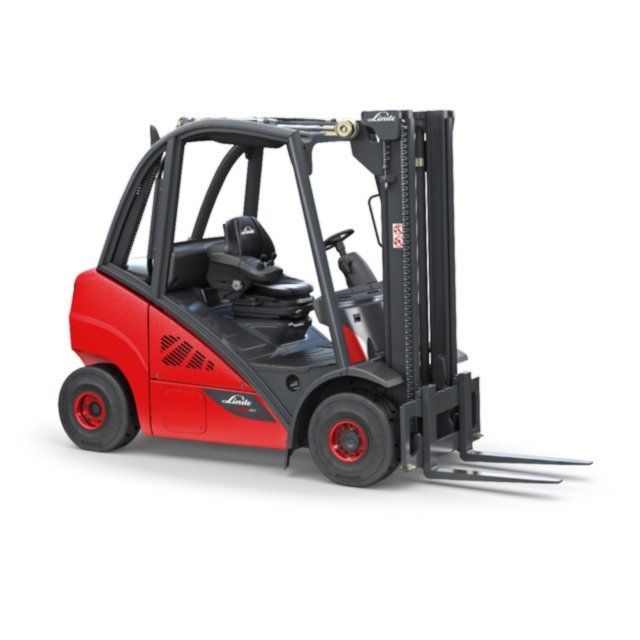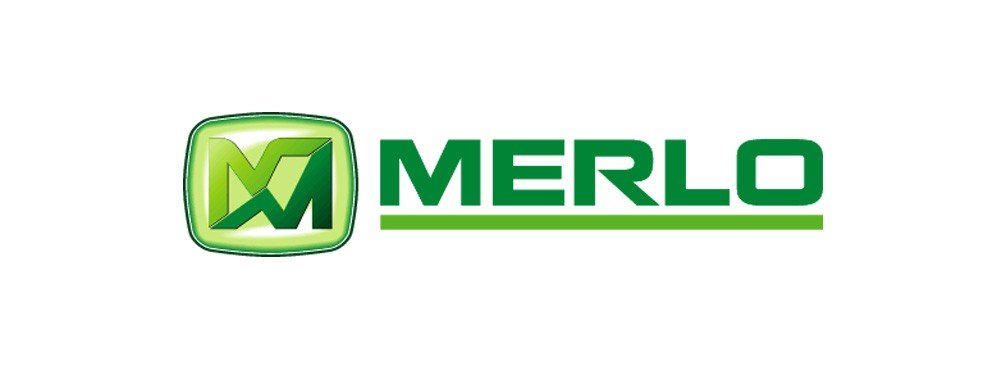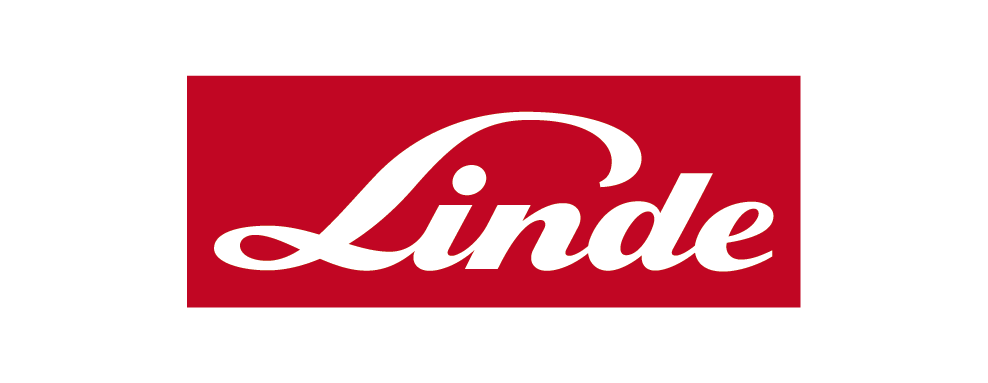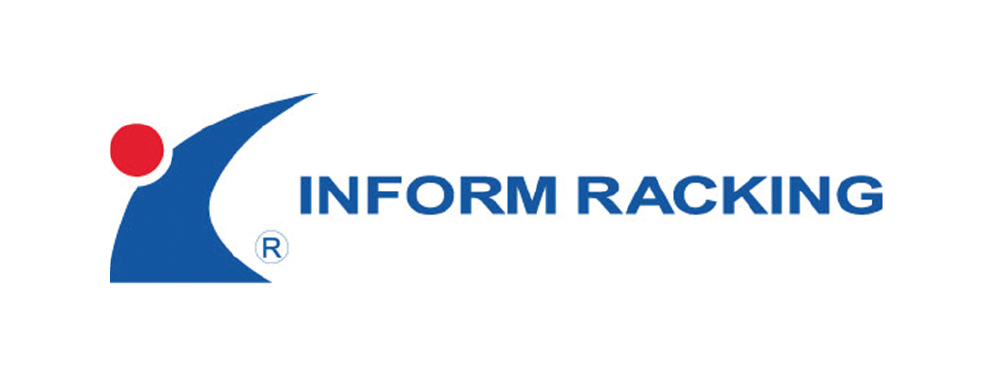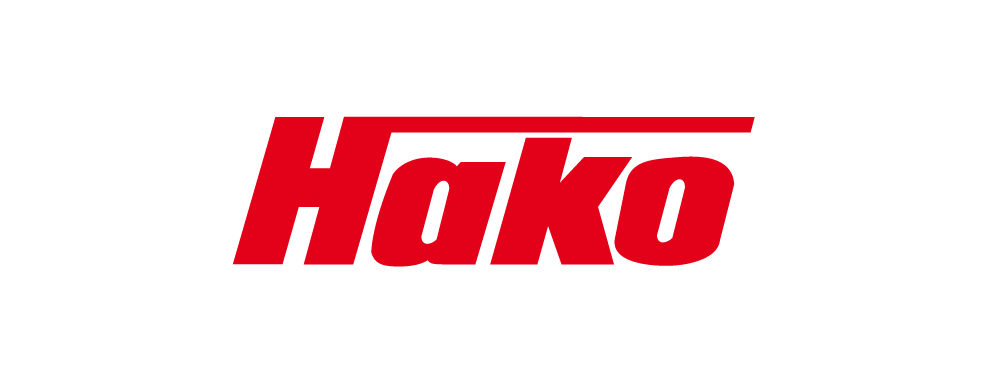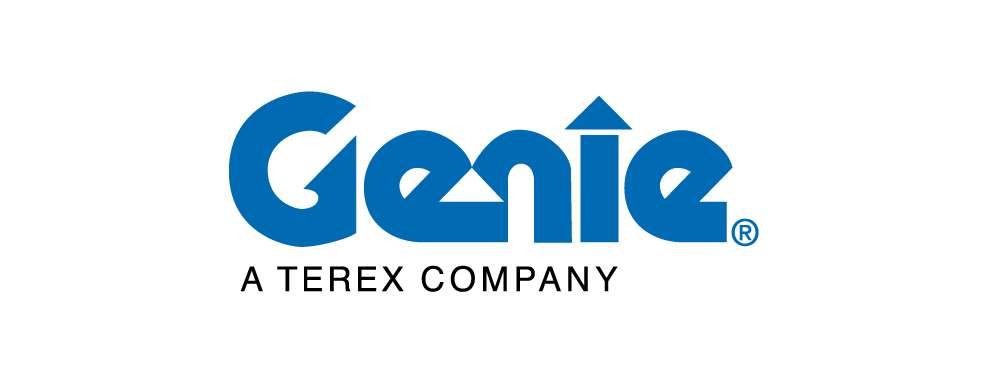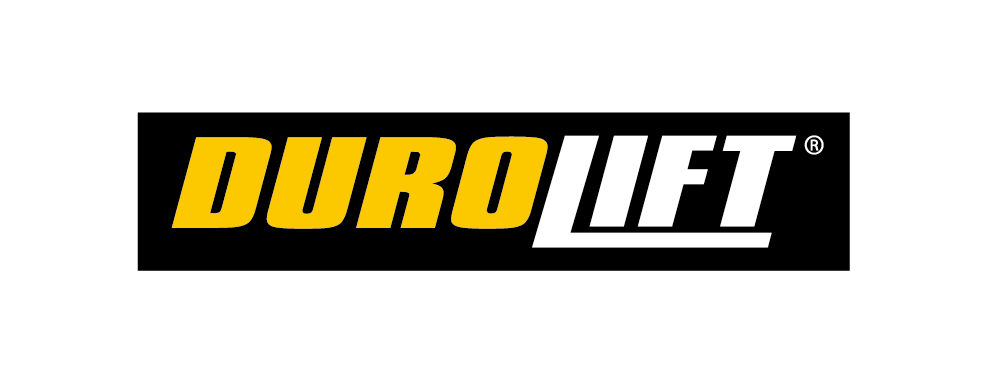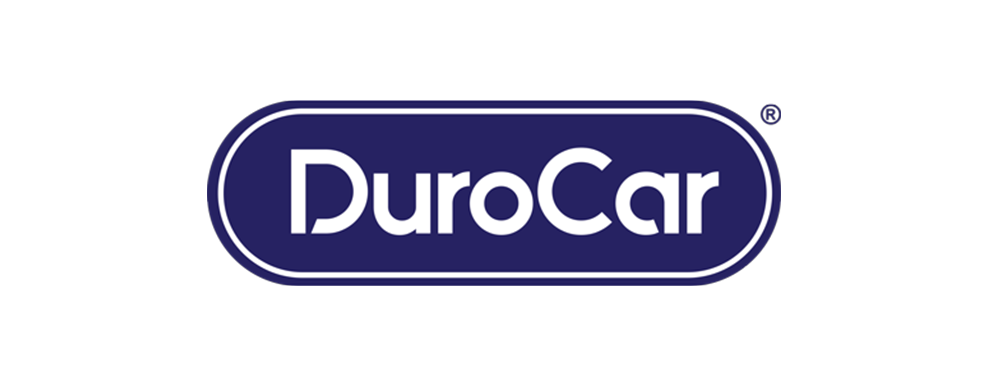It has been about 100 years since forklifts as we recognise them came to be used in industry, and over the last century functionality and performance have evolved exponentially.
As businesses continue to grow, and as SKUs continue to expand, warehouse operators constantly seek better, more efficient ways to help improve and increase performance. Today’s businesses are able to take advantage of what forward-thinking manufacturers — like Linde — have to offer to ensure that their warehouse operations perform to maximum levels of efficiency and throughput.
Forklift design has obviously been driven by competition, along with changes in ways that businesses need to function, and the rising cost of commercial space. Design evolution has gone hand in hand with the drive for greater productivity and the impact of rising property prices. This has led to some truly amazing developments in terms of meeting the needs of operators. Not least is the ability to reach ever greater heights in terms of warehouse buildings. And no matter how high a warehouse is built, forklift manufacturers always meet the challenges in terms of performance and handling — and of course, safety. It’s probably true to say that forklift manufacturers, architects and warehouse designers are dependent on each other to ensure continued industry growth and improved customer performance.
One of the more significant aspects of design evolution is the fact that warehouses take up a smaller footprint as heights have grown. This, along with carefully planned, automated storage and retrieval systems, has spurred the need for alternatives to the traditional sit-on counterbalanced forklift in many highly productive warehousing environments.
Although still the dominant form of materials handling, the days of warehouse operations exclusively employing sit-on counterbalanced forklifts are a thing of the past. Today, businesses are offered a huge range of speciality materials handling solutions that go hand-in-hand with taller buildings, narrower aisles and the need for high speed, maximised throughput.
Counterbalanced forklifts, in all forms, continue to maintain their dominance in the distribution and logistics industry. They are ideal for operations that handle limited numbers of SKUs, large pallet quantities or weights, and large numbers of full-pallet consignments. Correctly configured counterbalanced forklifts are highly productive and make easy work of inbound and outbound bulk palletised freight, along with rack replenishment and bulk order fulfilment. Yes, they require wider aisles and more operating space, but in the right location they are unbeatable.
However, for businesses that operate on the basis of individual item selection and multi-tier order picking, a counterbalanced forklift is not the best way to go. In situations like this, operators need to employ narrow aisle reach trucks. These reach trucks are able to take advantage of new building and racking design concepts because they can operate in narrower aisles, at greater heights.
Few warehousing and logistics businesses operate in a utopian environment where one forklift type meets all productivity criteria. That’s why material handling equipment manufacturers, like Linde, have designed and developed a wider range of performance-related solutions that work together with customised or specialised warehousing requirements. Equipment ranging from basic pallet jacks through to sophisticated turret trucks and order pickers as well as gas, electric, diesel and petrol forklifts to handle up to 18 tonnes, are available to deliver top-class performance.

